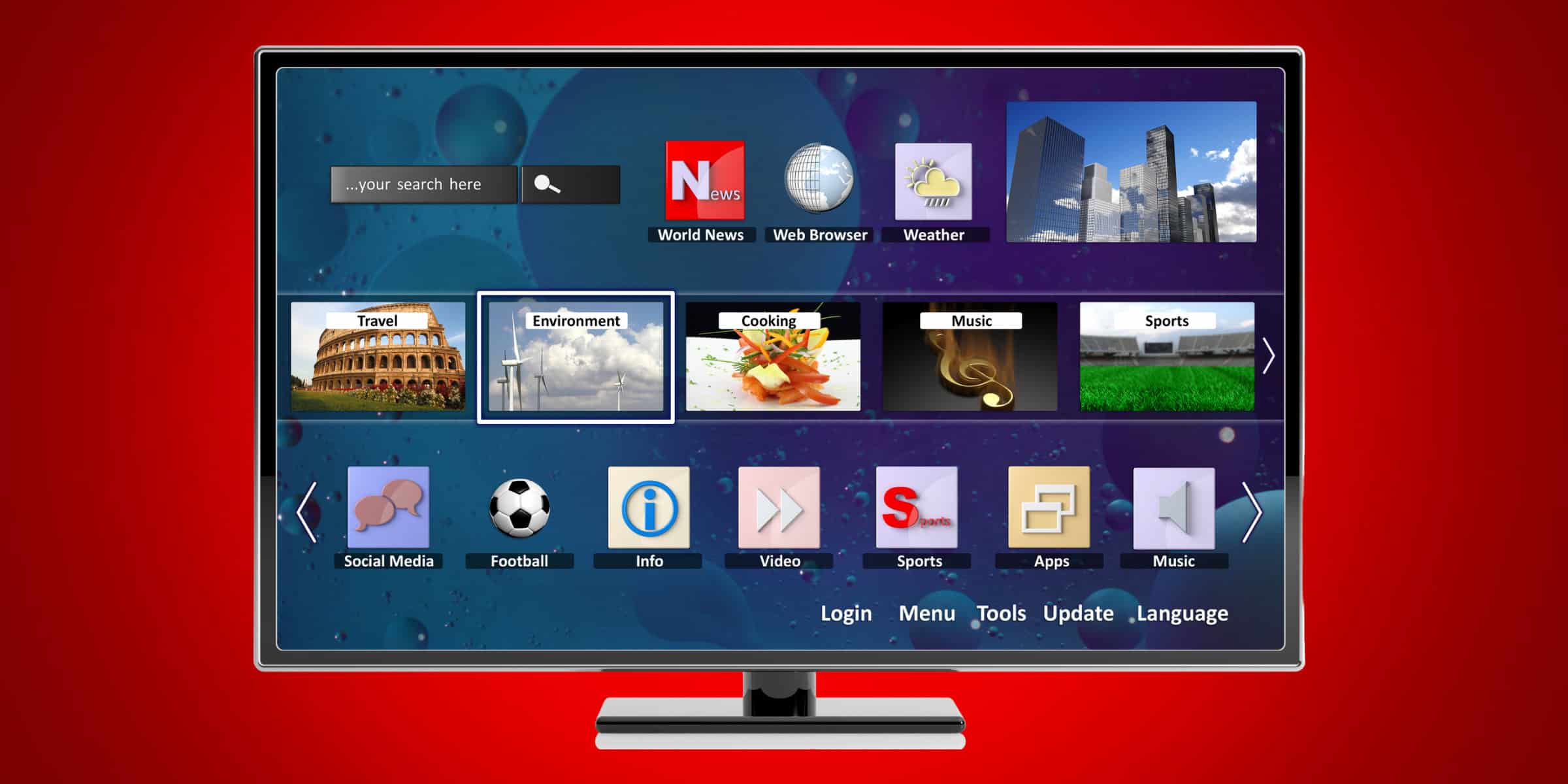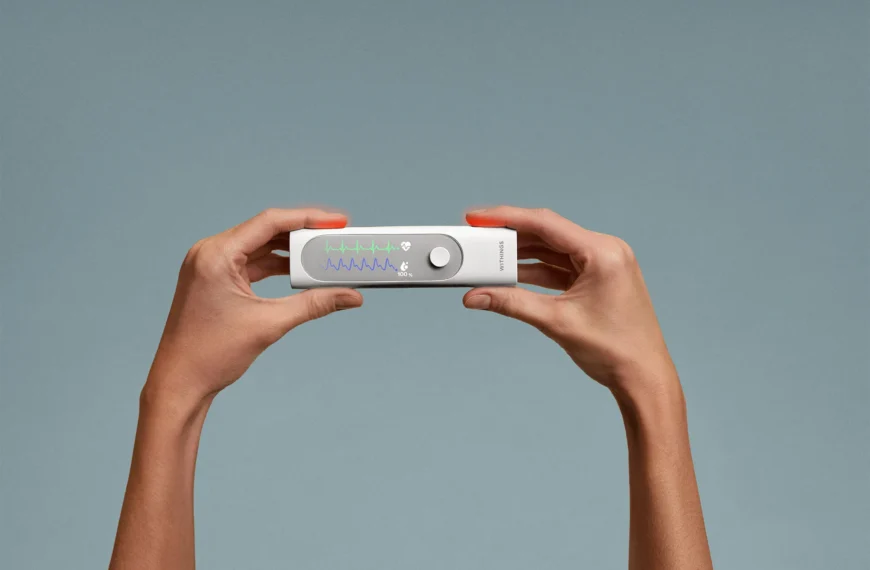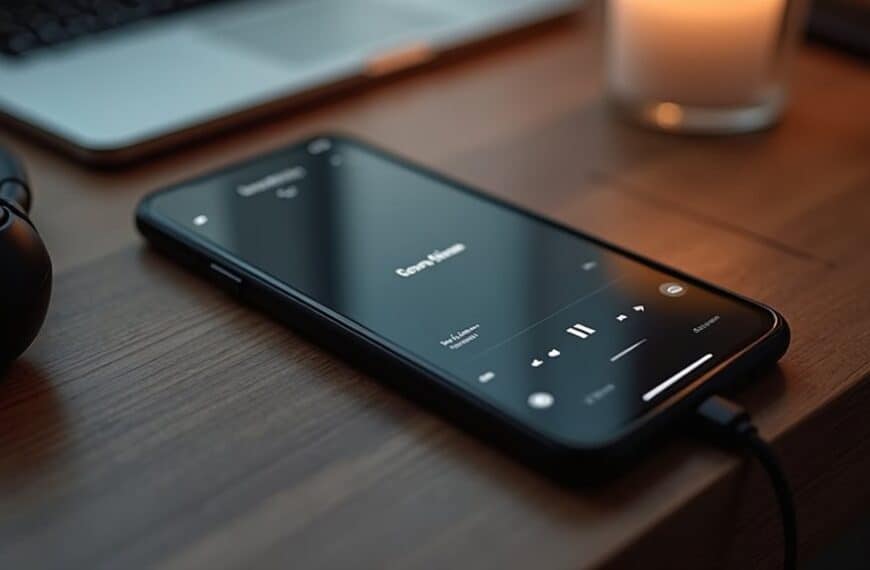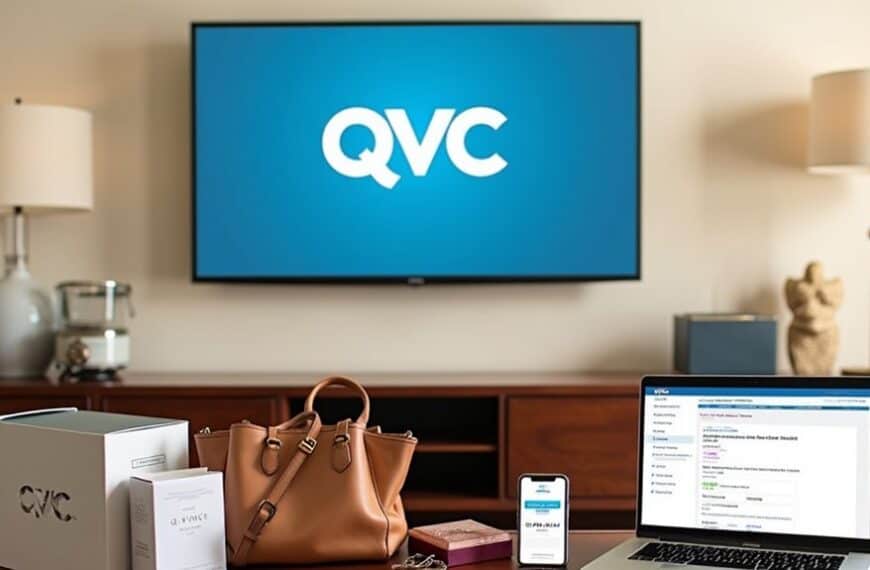Over the past decade, we have witnessed a significant revolution in the way we consume media. Gone are the days when we had to rely solely on traditional cable and satellite TV for our entertainment needs. With the advent of smart TVs, we now have access to a vast array of streaming services, online content, and apps all from the comfort of our own homes.
But while the benefits of these futuristic televisions are numerous, there is often a downside to everything – and smart TVs are no exception.
The downside of a smart TV is that it can be more expensive than a regular TV, it may require a stable and high-speed internet connection to access all its features, and it may have security risks as it’s connected to the internet and potentially vulnerable to hacking. Additionally, some users may find the interface and navigation of the smart TV complicated or overwhelming.
In this blog post, we’ll take a closer look at some of the disadvantages of owning a smart TV that are often overlooked, and how they can impact our daily lives.
1. Security and Privacy Risks
One of the major downsides of owning a smart TV is the security and privacy risks associated with it. Smart TVs are Internet of Things (IoT) devices, which make them highly vulnerable to cyberattacks.
Since they are TVs, they are less likely to support high-level security software, and therefore you cannot always download the same antivirus and encryption software that your computer or phone can.
Some smart TVs have built-in cameras and microphones, which hackers can use to their advantage, especially since the TV runs on Wi-Fi, and they can gain access to other devices on the same network, such as your router.
Furthermore, a voice-enabled Internet-connected TV can track what you’re looking for and watching, which can lead to targeted adverts based on your lifestyle. Though most smart TVs do offer the option to turn off tracking, not all are set as the default.
Therefore, it’s essential to read the tiny print before turning on or off features on your smart TV. Finally, some smart TVs have integrated cameras and microphones, which can pose a security risk since hackers can use them to spy on you through your webcam. With all of these risks in mind, it’s crucial to be aware of the privacy and security concerns of owning a smart TV. [1][2]
2. Lack of Updates
One of the downsides of some smart TVs is the lack of regular updates. Like any other device, smart TVs need updates to fix bugs, improve performance and add new features.
These updates are also crucial for enhancing security by patching vulnerabilities that could be exploited by cybercriminals.
However, some manufacturers (especially those of low cost TVs) may not provide regular updates for their smart TVs. This could leave users with outdated software that may cause issues such as slow performance or vulnerability to cyber attacks.
Older smart TVs may even stop receiving updates altogether, which means users could be stuck with an outdated and potentially unsafe device.
To avoid this problem, it is essential to choose a TV from a reputable manufacturer that has a proven track record of providing regular software updates.
Users should also check the settings of their smart TV to ensure that automatic updates are enabled. By keeping their smart TV’s software up-to-date, users can continue to enjoy all the features and benefits of their device while mitigating the risks of cybersecurity threats and performance issues. [3][4]
3. Integrated Cameras and Microphones
Smart TVs with built-in cameras and microphones can also be a source of concern when it comes to privacy and security. As with other smart devices that can connect to the internet, these features can pose a threat to personal information. Malicious actors can exploit the vulnerabilities in the TV’s software and gain access to the camera and microphone, allowing them to spy on the owner.
Even the TV manufacturer or app developers may have the capability to monitor and record conversations or video footage. In 2015, Samsung’s privacy policy even included a statement about transmitting conversations to a third party. It is important for users to know what data is being collected and how it is being used.
If possible, the camera and microphone should be disabled or covered when not in use. Users should also be cautious when downloading apps or updates and ensure that the TV’s security settings are properly configured. Monitoring for any suspicious activity or changes in settings can also help detect any potential intrusions.
While smart TVs with integrated cameras and microphones may offer convenience, users should weigh the risks and take precautions to protect their privacy and security. [5][6]
4. Higher Cost than Non-Smart TVs
One of the major downsides of smart TVs is their higher cost compared to non-smart TVs. While it’s true that smart TVs are packed with more features that make them more convenient, this luxury comes at a higher price point. You’ll have to spend more money on a smart TV than you would for an ordinary TV, which can be a turn-off for people on a tight budget.
Plus, the cost of maintenance and repairs for smart TVs is also higher. Because they have more complex and sophisticated technology, they require more specialized knowledge and tools to fix. This means that if something goes wrong with your smart TV, it will likely cost you more to repair it compared to a non-smart TV.
Furthermore, if you prefer to use an external streaming device like a Roku or Amazon Fire Stick, you can avoid the added cost of a smart TV altogether.
Of course these days it’s a lot hard to buy a ‘dumb’ TV, even low price models usually have some internet connectivity as standard. If you have older equipment you can always opt for an external streaming device. [7][8]
5. Limited App Selection
Smart TVs offer a built-in internet connection that allows users to enjoy various apps and services without the need for external devices. However, one of its major drawbacks is its limited app selection. While smart TVs offer popular streaming apps like Netflix and Hulu, some niche services may not be available on its platform.
This limitation is mainly due to the different operating systems used by each TV brand, making it challenging to optimize and provide continuous updates for all apps.
In contrast, standalone streaming devices such as Roku and Amazon Fire TV, offer more comprehensive app libraries and better integration with other devices, including smartphones.
Additionally, smart TV apps may not be updated as frequently, leading to bugs and performance issues. Furthermore, some applications on smart TVs may have limited features compared to their desktop or mobile counterparts.
With the rapid evolution of streaming technology, standalone streaming devices may offer a more comprehensive selection of apps and better user experience than a smart TV. Therefore, users should consider other alternatives before purchasing a smart TV, especially if their favorite services are not available on its platform. [11][12]
6. Potential for Freezing or Crashing
Smart TVs come with a lot of advantages, but there are also some potential downsides. One of the possible problems that you might face with a smart TV is freezing or crashing.
Smart TVs are essentially mini computers, and therefore they can suffer from the same issues as desktops or laptops. This can often lead to frustrating experiences, such as apps that stop working or screens that freeze.
Slow internet connections can also exacerbate this issue, causing the TV to run more slowly or even to stop altogether. It’s important to keep your TV’s software up to date and to make sure that you have a stable and fast internet connection to avoid these issues as much as possible.
It’s worth noting, however, that while crashing or freezing is definitely a possibility with a smart TV, it’s not guaranteed to happen all the time. With proper maintenance and a good internet connection, you may be able to enjoy a smooth and seamless smart TV experience. [13][14]
7. Dependency on Internet Connection
Smart TVs are designed to stream content on demand, and therefore require a consistent and reliable internet connection. The quality of the content you stream is significantly influenced by the speed of your internet connection. Smart TVs need a minimum internet speed of about 5 Megabits per second (Mbps) for smooth streaming of content with at least 720p resolution. However, this speed requirement can increase if you are streaming 4k UHD content.
Additionally, if multiple devices in your home are sharing the same internet connection, this may negatively impact the streaming quality of your smart TV. This dependency on a stable and fast internet connection can be a disadvantage for those who live in an area with limited access to high-speed internet or for those who frequently experience internet interruptions.
All the different apps and the internet connection can be challenging for people who are not tech-savvy, fortunatly if they don’t wish to use the internet features they can just ignore them.
Overall, while smart TVs provide easy access to streaming content, they are dependent on an internet connection and this may prove challenging for some users. [15][16]
8. Shorter Lifespan due to Technological Advancements
While undoubtedly a great addition to any home, as with any technology they tend to have a shorter lifespan compared to TVs of years gone by.
This is mostly due to the rapid pace of technological advancements. As new models with better features are constantly being released, it is difficult for older models to keep up.
Manufacturers typically predict a Smart TV’s lifespan to be between 40,000 and 100,000 hours at maximum settings, which translates to about 12 years on average.
While this may seem like a decent lifespan, it pales in comparison to older TVs that could last several decades with proper care.
Additionally, the cost of a Smart TV is often higher than that of a traditional TV, making it more expensive to replace when it finally reaches the end of its lifespan.
The high cost may also discourage people from upgrading to a newer model when it becomes available. Overall, while Smart TVs offer excellent features and convenience, their shorter lifespan due to technological advancements is something that consumers should consider before making a purchase. [17][18]
9. Difficulty in Repairing and Replacing Parts
Unlike traditional TVs, Smart TVs are highly complex electronic devices that require specialized knowledge and tools to repair. This means that if a Smart TV breaks down, it can be difficult and expensive to find a professional to fix it.
Moreover, compared to traditional TVs, Smart TVs have a higher likelihood of requiring replacement parts in case of damage or malfunction.
These replacement parts can be difficult to source and may be expensive, further increasing the cost of repairing a Smart TV. Additionally, as technology advances, the parts required to repair older Smart TVs may become obsolete and unavailable.
This means that the lifespan of a Smart TV is likely to be shorter than traditional TVs, as the technology becomes outdated and unusable.
Overall, while Smart TVs offer many benefits such as internet connectivity and advanced features, the difficulty in repairing and replacing parts is a significant downside to consider before making a purchase. [19][20]
Are Smart TVs Better Than Projectors for a Living Room Setup?
When it comes to setting up a living room entertainment system, the right projector for living room can offer a larger and more immersive viewing experience compared to a smart TV. Projectors are great for creating a home theater atmosphere and can provide a cinematic experience right in your own living room.
Final thoughts
Smart TVs offer many benefits such as voice control, voice commands, picture quality and the ability to connect to mobile devices.
They also provide the convenience of not having to plug in an additional streaming stick. However, they come with a range of drawbacks including security issues and shorter lifespans due to technological advancements.
It’s hard to find a TV that doesn’t have some smart features so it looks like they are hear to stay.





